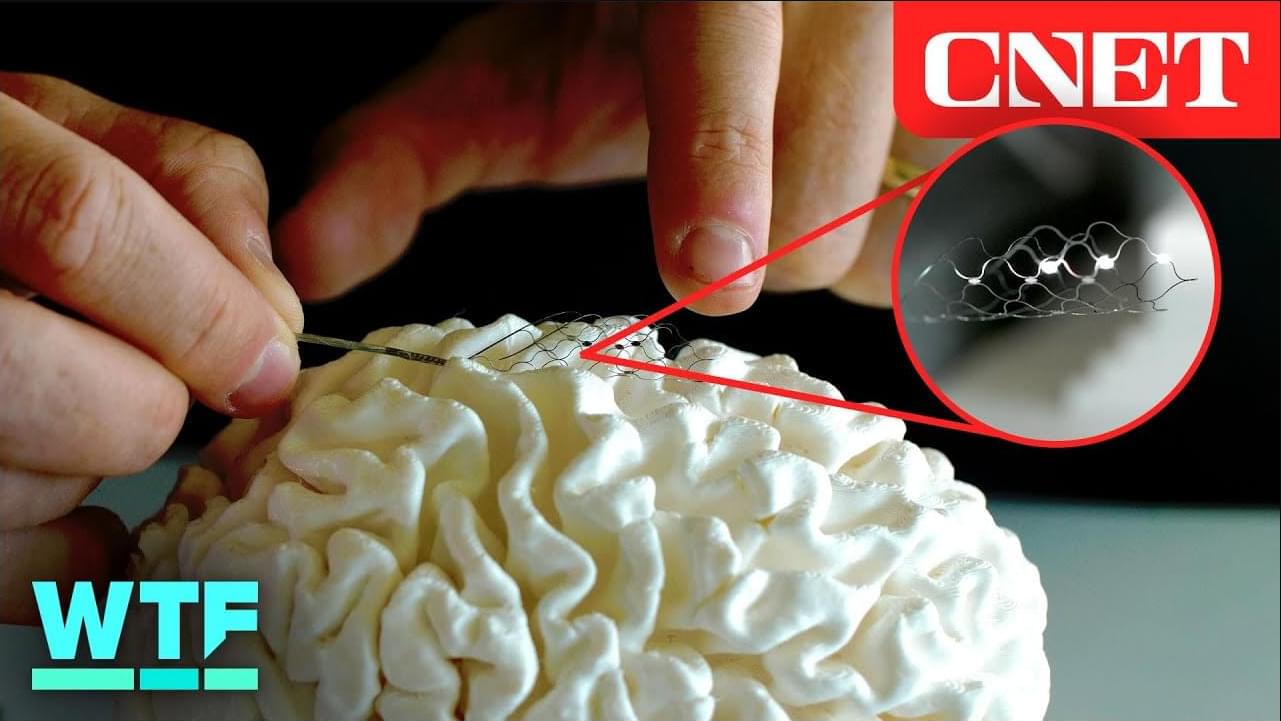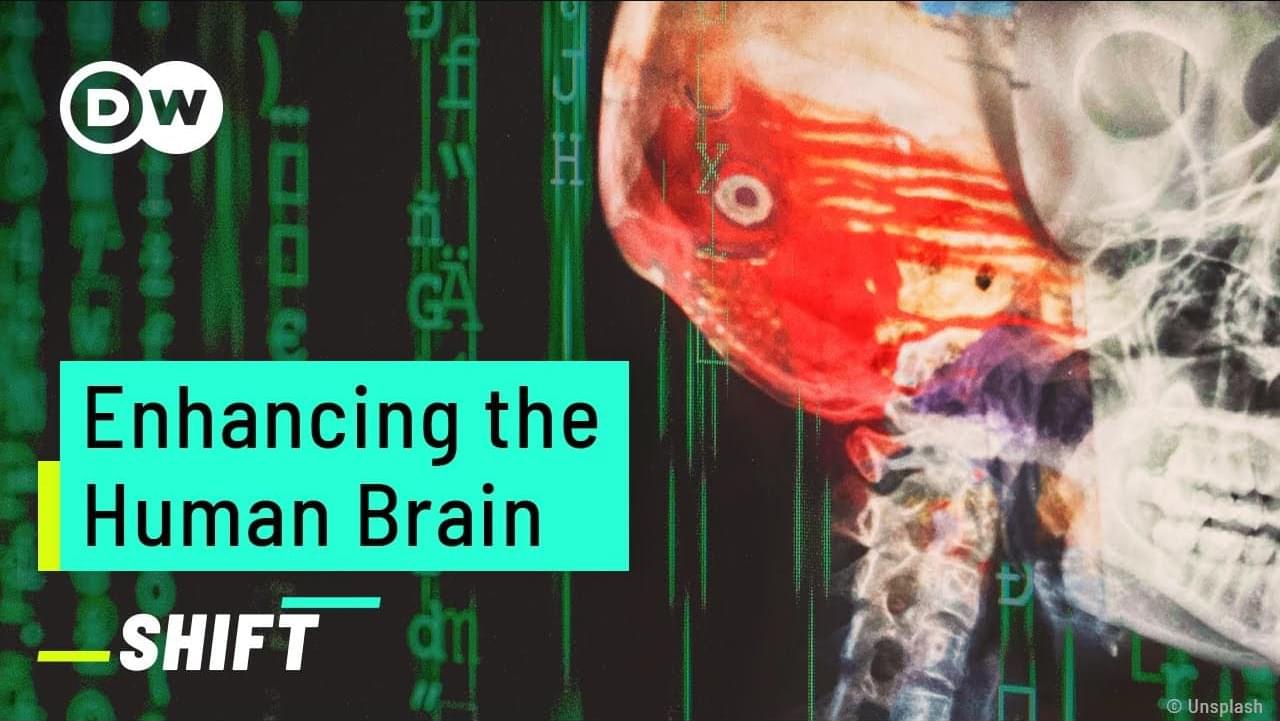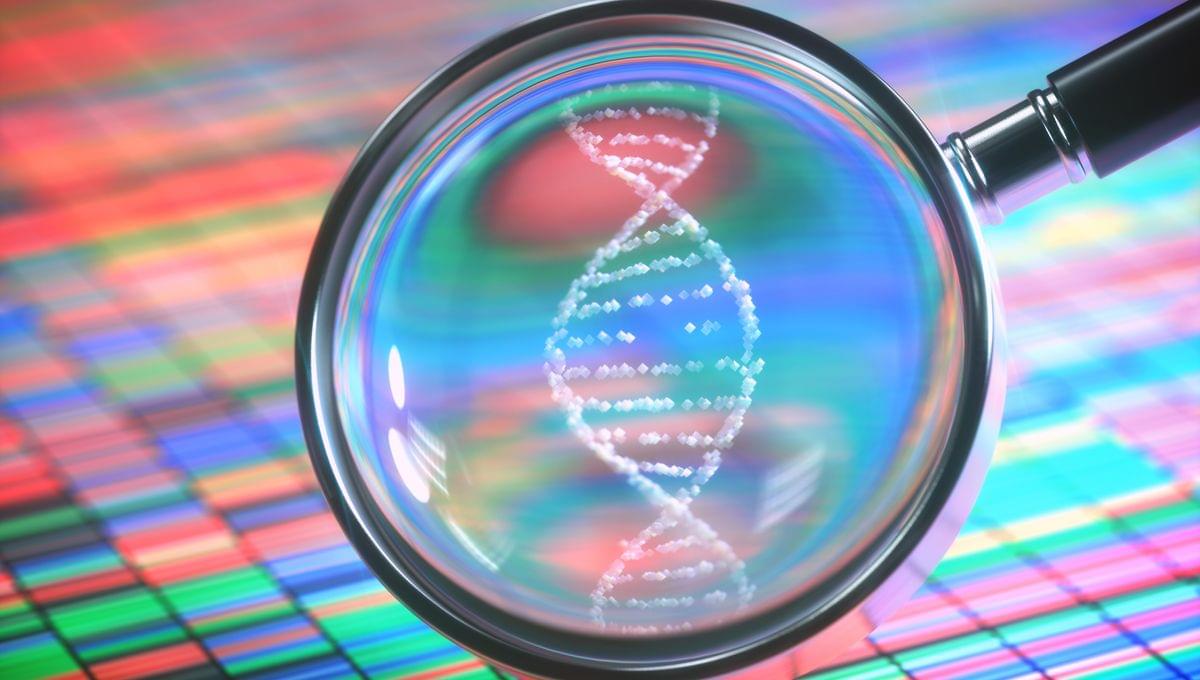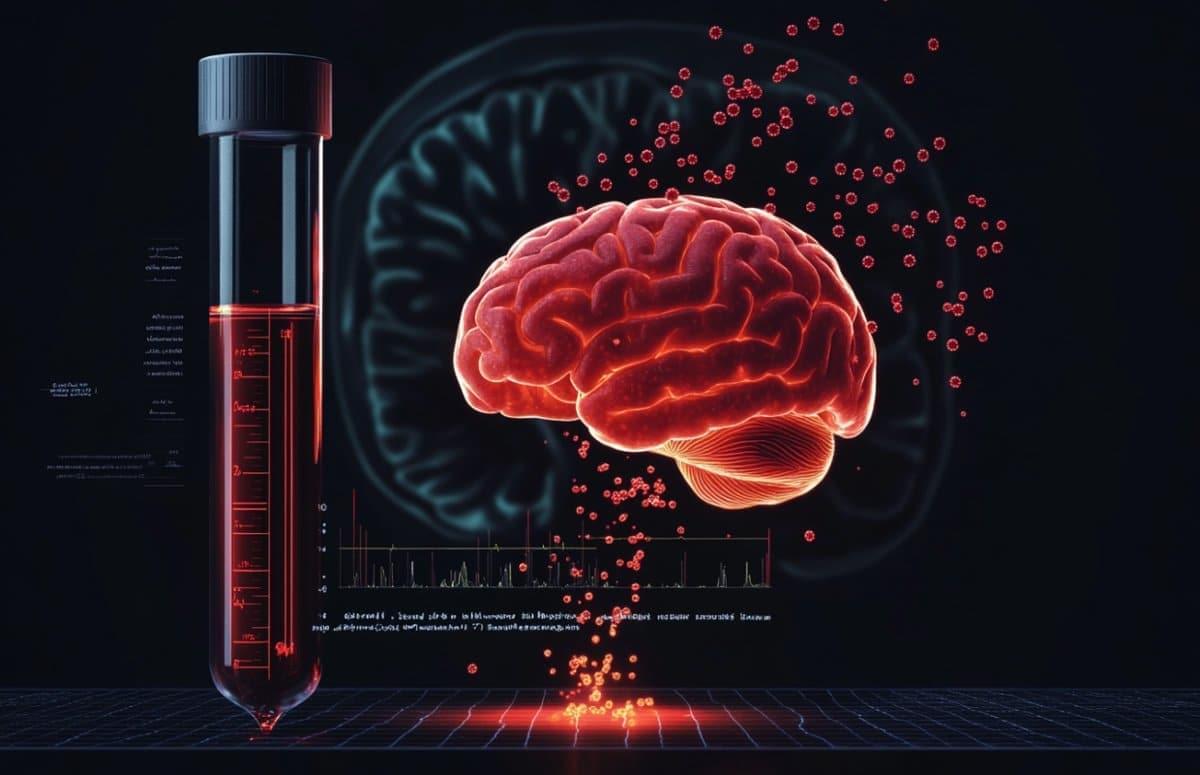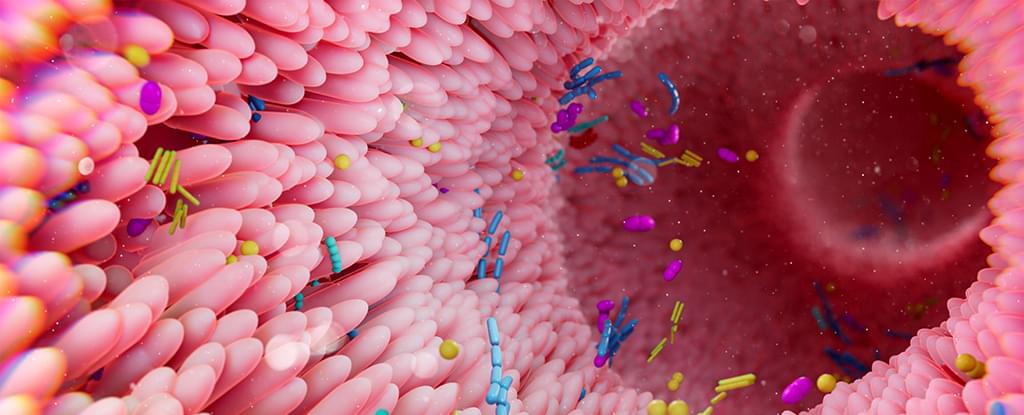Lex Fridman Podcast full episode: https://www.youtube.com/watch?v=Kbk9BiPhm7o.
Please support this podcast by checking out our sponsors:
- Cloaked: https://cloaked.com/lex and use code LexPod to get 25% off.
- MasterClass: https://masterclass.com/lexpod to get 15% off.
- Notion: https://notion.com/lex.
- LMNT: https://drinkLMNT.com/lex to get free sample pack.
- Motific: https://motific.ai.
- BetterHelp: https://betterhelp.com/lex to get 10% off.
GUEST BIO:
Elon Musk is CEO of Neuralink, SpaceX, Tesla, xAI, and CTO of X. DJ Seo is COO & President of Neuralink. Matthew MacDougall is Head Neurosurgeon at Neuralink. Bliss Chapman is Brain Interface Software Lead at Neuralink. Noland Arbaugh is the first human to have a Neuralink device implanted in his brain.
PODCAST INFO:
Podcast website: https://lexfridman.com/podcast.
Apple Podcasts: https://apple.co/2lwqZIr.
Spotify: https://spoti.fi/2nEwCF8
RSS: https://lexfridman.com/feed/podcast/
Full episodes playlist: https://www.youtube.com/playlist?list=PLrAXtmErZgOdP_8GztsuKi9nrraNbKKp4
Clips playlist: https://www.youtube.com/playlist?list=PLrAXtmErZgOeciFP3CBCIEElOJeitOr41
SOCIAL:
- Twitter: https://twitter.com/lexfridman.
- LinkedIn: https://www.linkedin.com/in/lexfridman.
- Facebook: https://www.facebook.com/lexfridman.
- Instagram: https://www.instagram.com/lexfridman.
- Medium: https://medium.com/@lexfridman.
- Reddit: https://reddit.com/r/lexfridman.
- Support on Patreon: https://www.patreon.com/lexfridman


